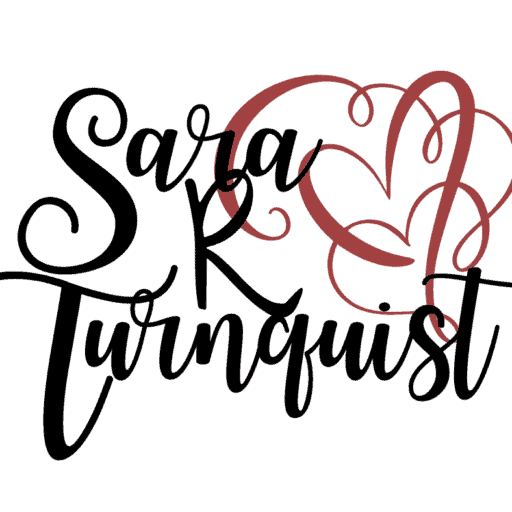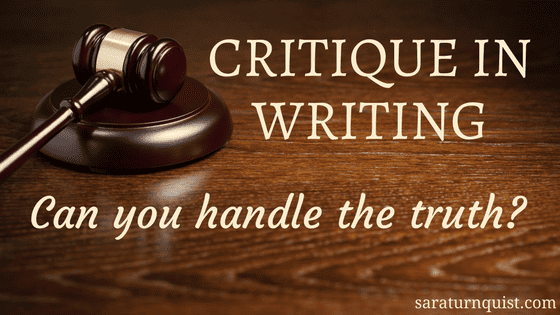In life, there are many different types of people…different types of personalities. And, as a leader in various organizations and ministries, I’ve discovered the need for this variety. Especially on your core team.
You need those that I call “The Cheerleaders”. These are your optimists, the glass-is-half-full kind of people. They will walk into a meeting and say “the speaker was great! The music was fabulous! I loved , and , and ! The group seemed engaged! But it was difficult to notice ’cause I was having such a good time!”
But you also need “The Realists”. These are the glass-is-twice-as-big-as-it-needs-to-be folks. “It was good. The speaker did well, but the group started to lose touch near the end, maybe we could limit the speaker’s time by 5-10 minutes next time. The room was a little chilly, so perhaps we bump it up a few degrees too.”
These people are NOT downers (glass-half-empty people). They are VITAL! If we only had Cheerleaders, you would never know what needs to be tweaked for a more optimal experience. You need the folks that have an eye for balance, an eye for feedback and critique. They will help improve the meeting for the group. That is the only way sometimes. Because as the planner, or writer, you can be too close to the work.
Now, there is that third category, “The Downers”, who will find something negative (not constructive) to say about anything and everything. The difference? They don’t offer helpful solutions. There is a general tone of disapproval and an attitude of wanting to tear down the efforts made. These comments/reviews are terribly helpful. You can still learn from them. And I encourage you, in your writing or in your events, to find any nuggets of truth in there, though probably not as extreme as delivered (in most cases), and put the rest out of mind.
Where does critique come from?
As a writer, and in other art forms and most any leadership role, your work is constantly critiqued. But let’s focus on writing. From the time you put pen to paper or keystroke to word processor, your art is subject to someone else’s opinion. Provided that you do, indeed, share it.
The first place it is likely to be seen/shared, is with a critique partner. This is a person (online or in person) you have found who is at your craft level or ahead of you that can look at your work with an outsider’s eye and give you feedback. They are not as close to the work as you are and they can help you find some of those holes that may accidentally find their way into your manuscript. What I mean is that, we writers do a lot in our heads, right? Sometimes we think there is more on the page than is actually there. A crit partner can help us spot where we left something unsaid that we explained “in our head”.
Likewise, a critique group is another wonderful place to get feedback from a variety of writing levels. I would advise you join a group (whether online or in person) that has a least one published author in it. Or else you may be the blind leading the blind. These groups can help you gauge what different types of readers will get from your work: what questions they may have and their reactions–what is funny, what jokes don’t go over, what is intense, etc.
Beta readers, in my opinion, are a must. These are a small group (I would suggest only 3-5 people) that read your entire manuscript to give you content feedback. If you select friends, make sure they are friends who are not “Cheerleaders”, but are more of the “Realist” bent. Definitely a friend that will be honest with you. Or select people that aren’t connected to you at all. As a writer of clean Historical Romance, it is important that I chose my primary beta readers wisely: one has a History degree, one has a literature degree, and one is a freelance editor. They give me mainly feedback on content–plot holes, character development, storylines, etc. Not so much grammar (although they do mark those too)…that is not their primary function.
Then your manuscript needs to have an editor. This is a person who is a professional. In a publishing house, your manuscript will go through three (3) editors: content, line (think primarily grammar), and proofing. Keep in mind, the editor is not out to “get you”, shame you, or hurt you. Their purpose is to make your manuscript, your story shine. To make it as strong as it can be. If you go in with that attitude, you will have a much better experience. Even when an editor really kicked my butt (that manuscript needed it), I thanked her, rolled up my sleeves, and went to work. That book is one of my top selling and highest reviewed works. She was right. Totally right. Everything that she said.
Finally, once your work is out there, you will face reviewers. Now, they will come from all three categories: cheerleaders, realists, and downers. Don’t let any of them get to your head…or your heart. Don’t let the cheerleaders inflate your ego, or the downers break your heart. It is one person’s opinion. If you do read your reviews (and some authors choose to just not), do so to learn from them and make your next book even better.
Bottom line, we need critique. But it is important that we approach it with the right perspective. It is a tool. An opportunity…for growth. For improving our craft.
You can either take advantage of it. Or fight it.


